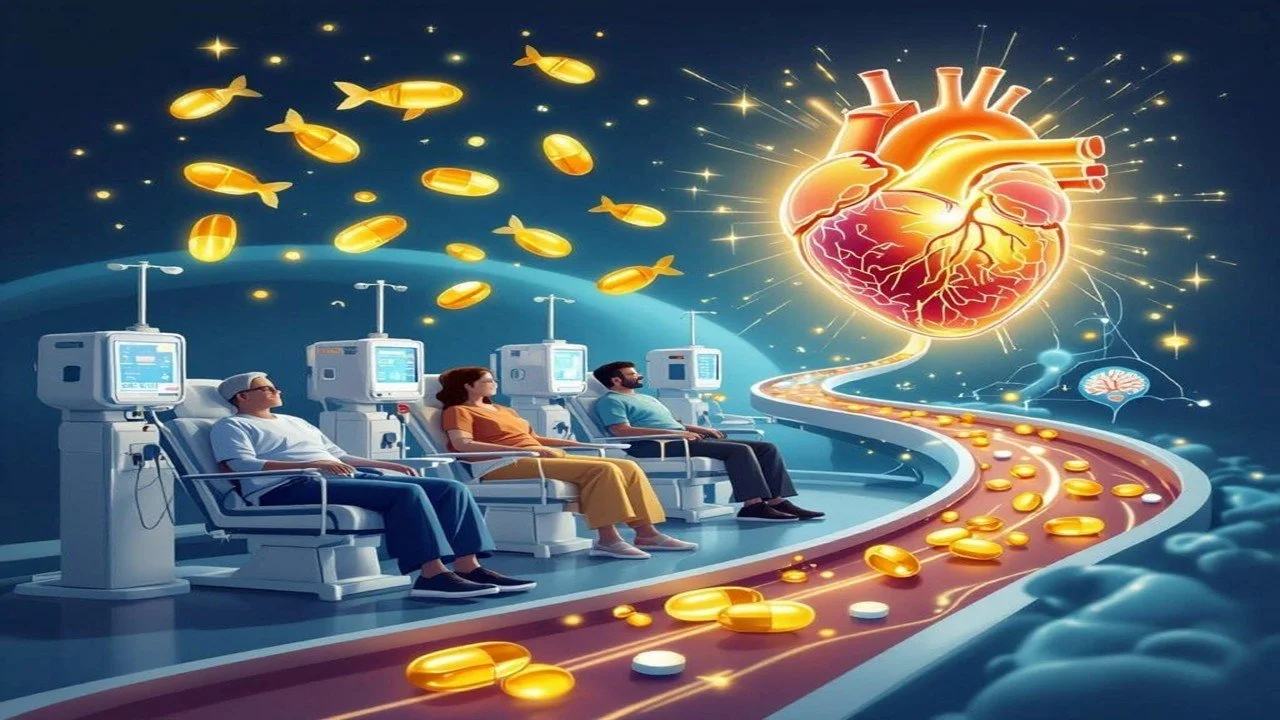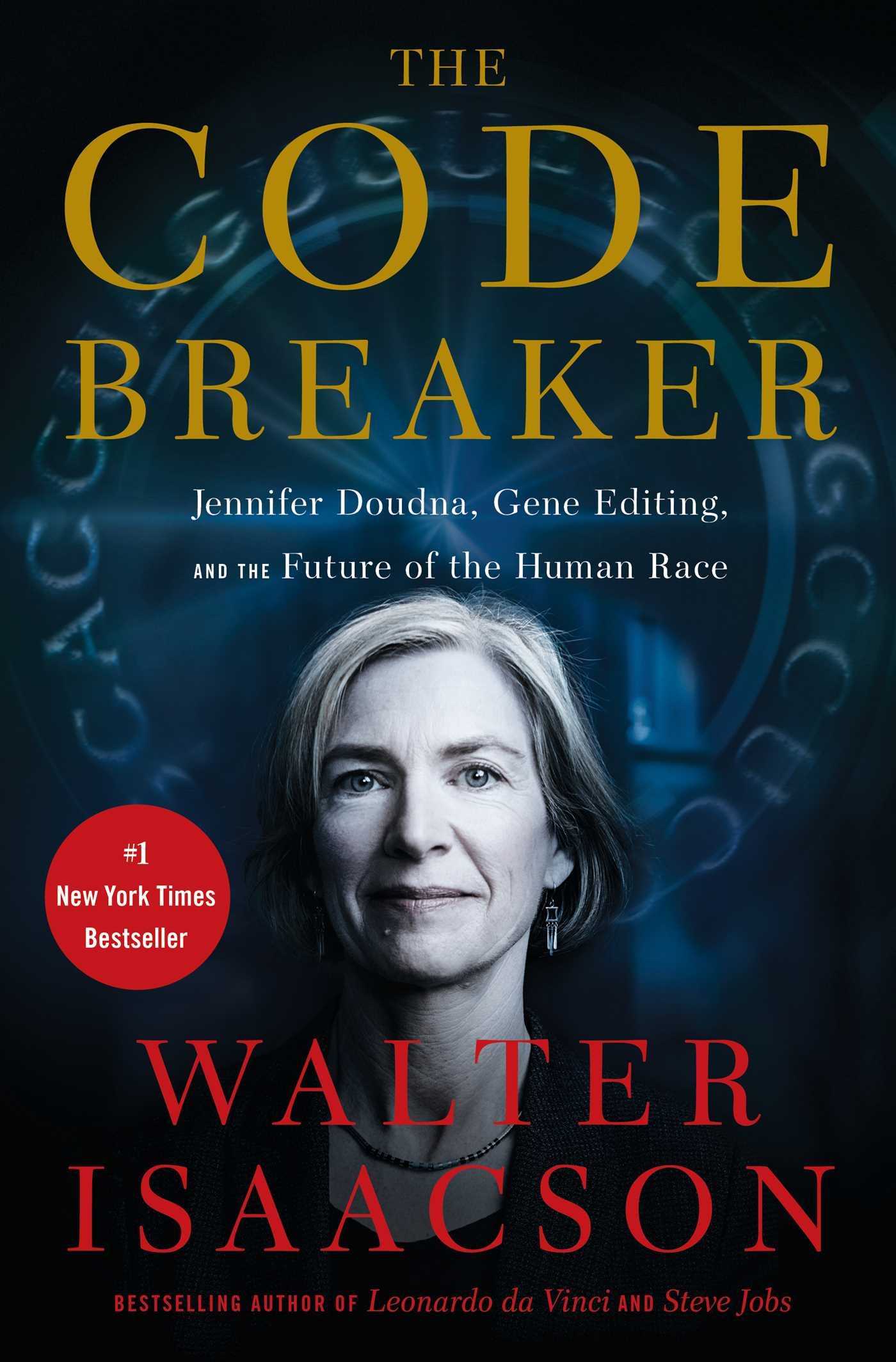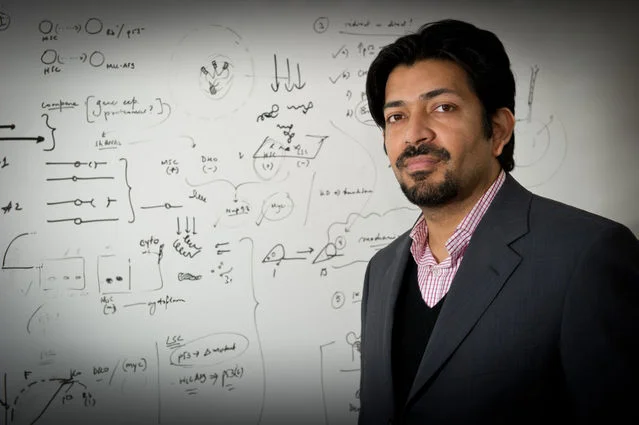Akshaya Jayachandran, NephJC intern was inspired by John Green’s Everything is Tuberculosis to write the following poem.
#NephJC Summer Bookclub: Everything is Tuberculosis by John Green
The summer book club started in 2015, with one of the best books we have done in book club, Atul Gawande's Being Mortal. I think it should be required reading for all physicians. So now, in 2025, it is the NephJC Summer Book’s tenth anniversary (which represents our eleventh book). The history has been rich:
NephJC Bookclub returns on August 19th
Here at NephJC we know that the summer is a hard time to focus on medical minutia, it is a time to find a comfortable chair and lose yourself in a book so for the 11th year we are doing a book rather than journal club chat. This summer our community is going to read John Green’s Everything is Tuberculosis.
Book homepage: EverythingIsTB.com
Summer Book Club 2024. The Covenant of Water
NephJC Summer Book Club
Summer Book Club 2023. How Medicine Works and When It Doesn't by F. Perry Wilson
The NephJC Summer Book Club: 'Codebreaker'
law 3: Mostly Wrong
Law 3: For every perfect medical experiment, there is a perfect human bias.
The brevity ofThe Laws of Medicine makes it more powerful. The book can be devoured in a single morning, but the reader will still be left profoundly impacted.
Dr. Siddhartha Mukherjee challenges the reader to go beyond contemplating the three laws that make up the book, but to conceive and open one's eyes to other Laws. Today, with an expanding data-driven world, we discount our humanity. From the author’s note:
“It’s easy to make perfect decisions with perfect information. Medicine asks you to make perfect decisions with imperfect information.”
This imperfect information is then processed through the imperfect spectacles of the human mind.
In 1954 Dr. Richard Asher wrote that we are men of action, but every action is, and ought to be, preceded by a certain amount of thought. We should carefully examine these thought processes as they can be faulty. Dr. He says that crooked or dishonest thinking can occur in medicine & classifies crooked thinking in medicine under therapeutics, statistics, causes, words, etc. He says that the concept that a statistical relationship between two things automatically implies a causal relationship between them is “perverse.” He points out, for example, that statistics would show the incidence of erythroblastosis foetalis is twenty times less common in children of opium smokers. However, this should not obviously lead to prescribing opium in the maternity ward. These types of causal relationships are among our human biases that have existed from well before Dr. Asher’s publication over sixty years ago, and are present in today’s medical practice as stated in Law 3.
Law 1: a strong intuition is much more powerful than a weak test, and Law 3 are closely related. Law 1 can be paraphrased as “every diagnostic challenge in medicine can be imagined as a probability game.” Probability is based on objective factors such as prior organ damage and testing, but also the physician’s history taking, instincts, and interpretation of the data. One of my favorite passages in the book is when Dr. Mukherjee quotes Dr. Bernie Fisher: “In God we trust. All others must bring data.” However, being human, our biases can change the lens through which all this data is examined. If the data collector is flawed, does that not mean his accruement, analysis, and interpretation of the information is flawed? How do we account for this? Dr. Mukherjee says that reading a study inherently introduces human perception, arbitration, and interpretation – and hence involves bias. Bias is not only limited to research and those reading and analyzing the study. What bias can the subjects of the study introduce? One should consider the possibility of the Hawthorne Effect- when a human knows they are being observed, behavior changes. How do we account for these biases?
What about making medical decisions? Often complex decisions are made using mental heuristics and shortcuts to reduce complexity. These shortcuts develop over time with experience and increased knowledge in the field. Biases however, particularly cognitive biases, can easily creep in. While in medical school, I would hear of a symptom, or learn of a treatment, and try to apply this to all similar clinical situations (anchoring bias). Even experienced physicians are susceptible to similar biases. How often do we ask what is the data for established treatments? Sodium polystyrene sulfonate (Kayexelate) was approved based on two studies that barely deserve the name studies (no controls, confounders such as low K diet, diuretics, and other drugs that lower potassium). In 2011, the FDA issued a warning that Kayexelate was associated with colonic necrosis. For over fifty years Kayexelate was used without much consideration until there were significant complications in patients. Did the fact that Kayexalate was approved and was an old drug allow this complication to be overlooked for so long?
This brings me to the practice of evidence based medicine (EBM) and guidelines. In 1996 Dr. Sackett defined EBM as “the conscientious, explicit, and judicious use of current best evidence in making decisions involving the care of an individual patient. It integrates individual clinical expertise with the best available clinical evidence from systematic research.” How does this evidence come about? One thinks of a clinical question and the important outcomes to measure. The results are analyzed, and if found to be “good,” used in evidence based care. This evidence is often used to deliver a doctor-defined patient agenda. A medical encounter takes place and the health care provider focuses on what choices need to be made and carried out for the patient.
Has the research and medical decisions incorporated the patient? Did the research take into account the experience of their subjects? These questions are at the core of the movement to expand Patient Reported Outcome Measures (PROMs) and Patient Reported Experience Measures (PREMs) in our research agendas. We also must remember that EBM looks at the care of populations as opposed to individual patients. Dr. Shyaan Goh, an Orthopedic Surgeon from Australia, wrote to the British Medical Journal that the clinicians are the problem when EBM adversely affects clinical judgment. The clinician might not account for the quality or applicability of the evidence; they might not understand the rationale behind a guideline and not properly observe the guideline.
The question asked throughout this commentary is how do we account for these biases? How do we guard ourselves from allowing our own human instincts that may lead us astray? I think it is imperative to focus on the central figure of the story, the patient, not the health care provider. We have to take into account the individual who is experiencing the illness- what are their goals and expectations? A patient is not just a series of questions and tests.
As for the clinicians themselves, what other advice might be helpful? Well, Dr. Asher implored us to keep on the path of straight-thinking, regardless of the destination, to avoid crooked thinking. He quoted Rudyard Kipling’s Elephant’s Child to provide us with “helpers” to achieve this end:
“I keep six honest serving-men,
Their names are What and Why and When
and How and Where and Who.”
Maybe we should consider having these six helpers at our side aiding us to “hunt” and bring our biases to the forefront. Then, as Dr. Mukherjee says, we can confront bias head-on and incorporate it into the very definition of medicine.
Commentary by Beje Thomas, Nephrologist
NSMC intern, class of 2018
Additional Reading:
- Asher R. Straight and crooked thinking in medicine. BMJ 1954;2:460.
- Lehman Richard. Siddhartha Mukherjee’s three laws of medicine. BMJ 2015; 351 :h6708
- Accad, M. and D. Francis. "Does Evidence Based Medicine Adversely Affect Clinical Judgment?" BMJ (Clinical Research Ed.) 362,
- Greenhalgh T et al. Six ‘biases’ against patients and careers in evidence-based medicine. BMC Med 2015;13:200
- Goh S. The Problem with Evidence Based Medicine is really the Clinicians. (Letter to the editor). BMJ. 2018 July 18
- Sackett DL, Rosenberg WM, Gray JA, Haynes RB, Richardson WS. Evidence based medicine: what it is and what it isn’t. BMJ. 1996;312:71–72. doi: 10.1136/bmj.312.7023.71.
The Laws of Medicine: The Introduction
Before Siddhartha Mukherjee goes into the three laws of medicine he describes the origin of his search for the laws. It is a compelling read. Some of the truths he uncovers in these early pages are especially compelling. How about this gem from the Authors Note:
“It’s easy to make perfect decisions with perfect information. Medicine asks you to make perfect decisions with imperfect information.”
This is what makes doctoring so difficult. Even when the stakes are highest and lives are on the line we must make decisions with imperfect information. It is this stress that leads doctors to “overuse” radiology and laboratory services. We are always trying to perfect our information in the hope it will make our decisions “perfect.”
In describing how he started his search for the laws of medicine he tells the story of starting a medicine residency “in Boston.” He had a q3 call schedule. I had no idea those still existed in internal medicine in 1999. But I guess things move slowly in Boston. He does a wonderful job of describing the numbness that can come from a grueling residency,
”I ran through a park by night, and through friends by day”
His saving grace and only companion was a book by Lewis Thomas. Thomas was a medical resident in the 1930’s and described his experience of medicine in a slim paperback collection of essays titled, The Youngest Science.
Mukherjee describes medicine in the 30’s as emerging from a dark ages of quack cures that was followed by a period of therapeutic nihilism where the quackery was halted and physicians were limited to just documenting, classifying, and describing illness. In the 30’s physicians began to interpret the carefully collected observations and develop new therapies.
Mukherjee became drive to answer a seemingly simple question,
Is medicine a science?
Obviously, it was scientific in that it used techniques that were derived from phenomenally sophisticated science. But for medicine to be a science it had to have its own laws, independent from biology and pharmacology. If Medicine is a science it had to have laws, and so what are they? In his own words,
But does the “youngest science” have laws? It seems like an odd preoccupation now, but I spent much of my medical residency seeking the laws of medicine. The criteria were simple: a “law” had to distill some universal guiding principle of medicine into a statement of truth. The law could not be borrowed from biology or chemistry; it had to be specific to the practice of medicine...
...My search for the laws was not an attempt to codify or reduce the discipline into grand universals. Rather, I imagined them as guiding rules that a young doctor might teach himself as he navigates a profession that seems, at first glance, overwhelmingly unnavigable.
This introduction is beautifully written, full of fascinating stories and successfully reminds the reader how young the science of medicine is. We literally have patients in the hospital who are older than the science of medicine.
This introduction also brilliantly sets up the remainder of the book. I have played this introduction to the resident teams I lead and they both relate and are intrigued.
Summary written by Joel Topf, Detroit
#NephJCBookClub next Tuesday and Wednesday
The fourth annual NephJC Summer Book Club is here and we are reading and discussing, Siddhartha Mukherjee's The Laws of Medicine, Field Notes from an Uncertain Science.
NephJC Summer Book Club
Hundreds of Interlaced Fingers--the Wrap Up
19- What Lies Ahead
#NephJC Book Club: the wrap up #PWSYN
NephJC Summer Book Club Selection
Thanks everyone for voting. The results are in and Eric Topol's The Patient Will See You Now won.
The voting looked like this:
But the reason we asked how likely you are to read the book was so we could weight the votes. The weighting worked like this:
- 0.2 for I'll read it if I have time
- 0.4 for I'll read it if it is the book I want
- 0.6 for 50-50
- 0.8 for I will buy and start
- 1.0 for scout's honor
This turned out to not really affect the results
So Topol's book it is. The Patient Will See You Now examines how changes in technology are forcing a democratization of medicine and empowering patients in an unprecedented way. This seems like an important theme for today medical climate. The exact date of the chat has not been fixed but it will likely be mid to late July, so start reading. Watch the blog for summaries of all the chapters, similar to how we covered Being Mortal.



















